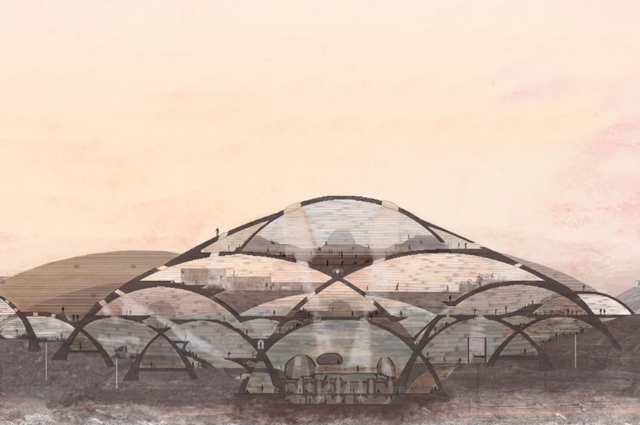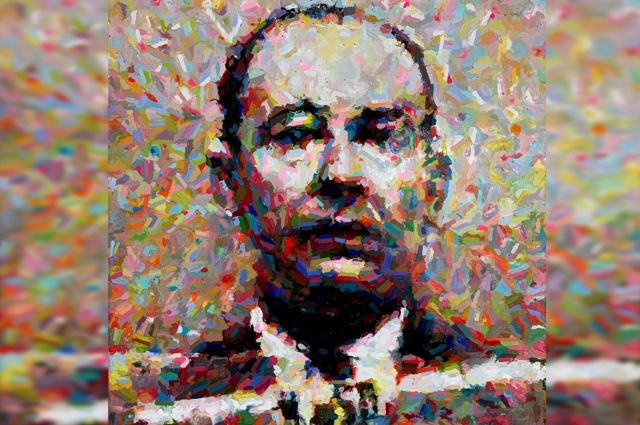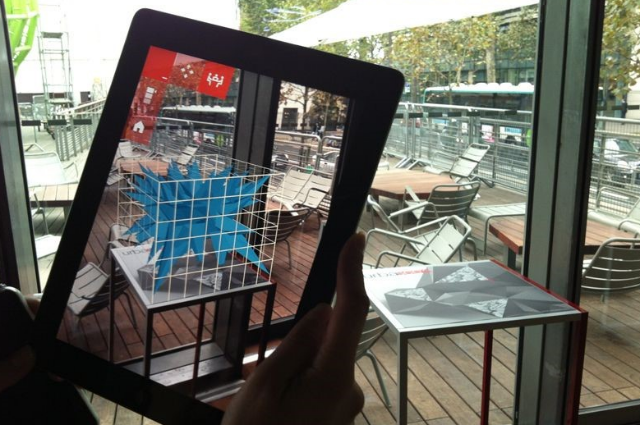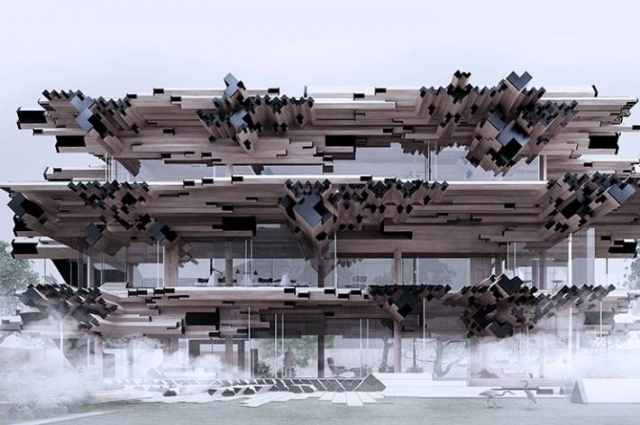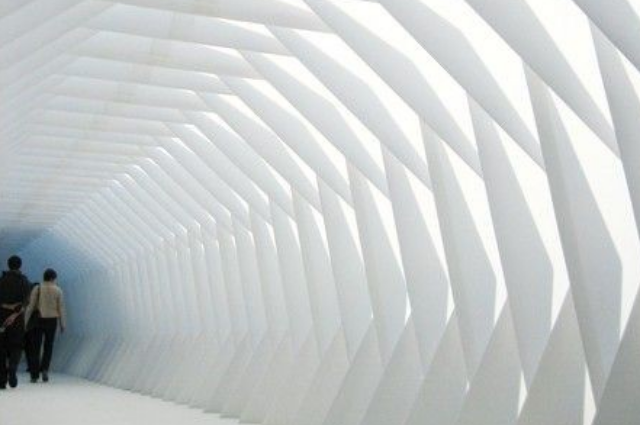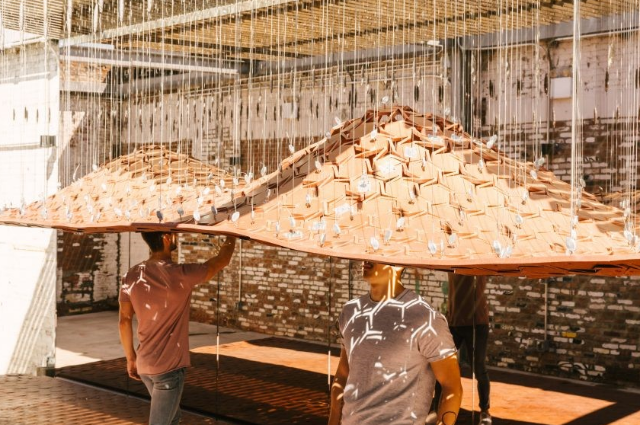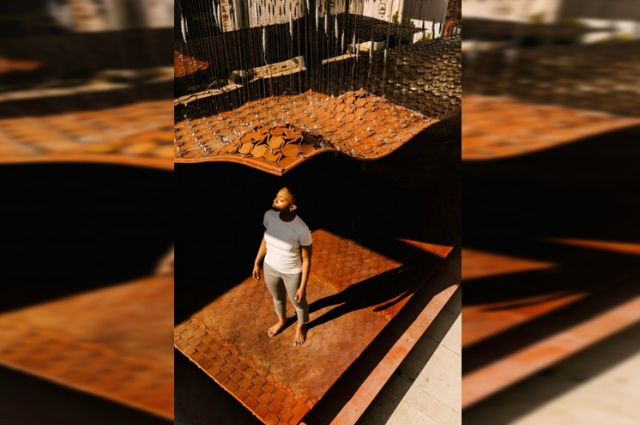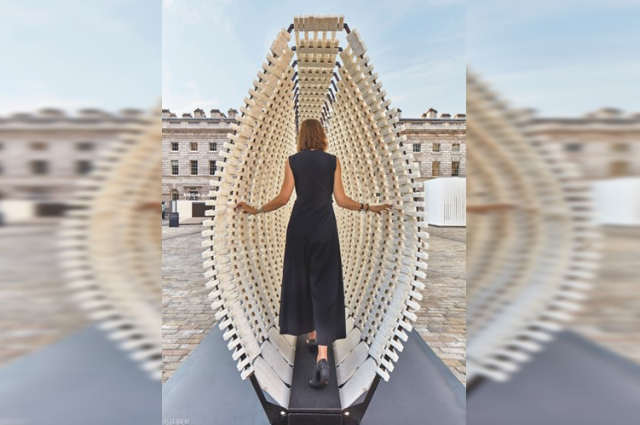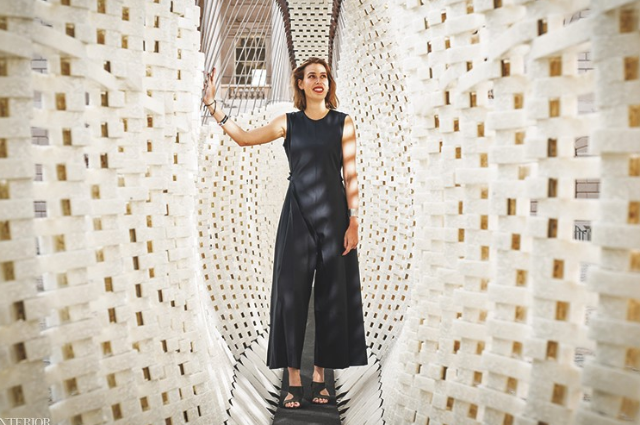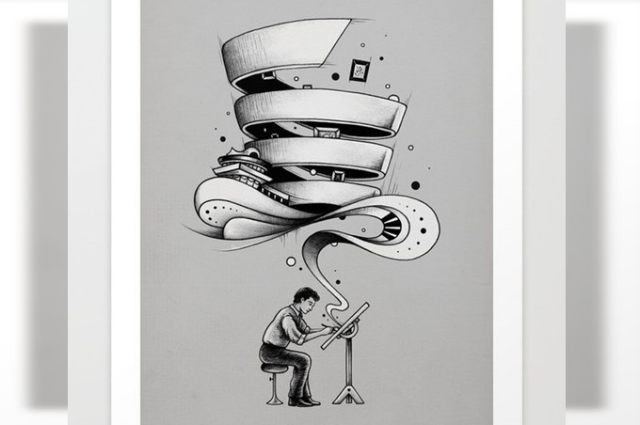No one has invented anything innovative by just imitating the same methods and customs, as seen from the starting people improved and civilised their relationships with architecture via proper drafting and sketching which were more definite to what would be established on land but with the evolution, people transcended their limitations and expectations by using an asset which is the advancement in software.
For a long time now, architecture often seems to have an urging bond with technology and software with scriptings and imaginary views along with progression towards conceptual architecture. However, the first program was installed back in the 1960s, to help architects save time instead of drawing their blueprints again and repeating the whole procedure if any minor blunder took place.
Computational design is the utilisation of computational tactics in the design process, designers often rely on traditional and hunch to resolve design problems whereas computational design intends to enhance that process by encoding design settlements using a computer language.
Who is the father of computational architecture?
John von Neumann:
John von Neumann, the Hungarian-born American mathematician who, along with his many achievements, was the founder of the basic principle of computer design known as "von Neumann architecture" and later worked at the Moore School of Engineering in Philadelphia, where the E. logical design of digital computers was created on behalf of a group of his coworkers, von Neumann computers are the ancestors of the von Neumann architecture and were published in 1945 by John von Neumann computers with a cached program, where instruction data and program data are stored in the same memory. This design is still used in most of the computers made today.
DERIVATIONs OF ARCHITECTURE
Apart from fields associated with architecture, some fascinating realms merge art and design with a superior inclination towards art than the empirical perspective. For instance, Artist, Industrial Designer, Furniture Designer, Textile Designer, Graphic Designer, Video Game Designer, Photographer, Production Designer etc.
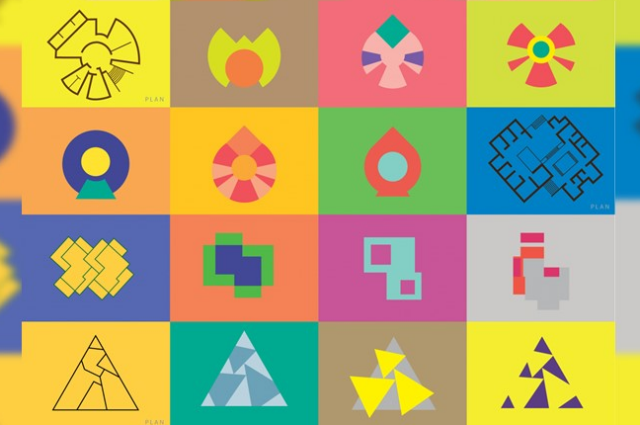
Paths Yet to Discover More
Realizing the fact that computational designs developed from unrealistic computer screens truly became real-time models and generated new beginnings in the field of architecture to lift some extraterrestrial concepts which were beyond the imagination and aware about the aspect of sustainability and primarily converges all the focus on user experience and passive Interactive architecture.
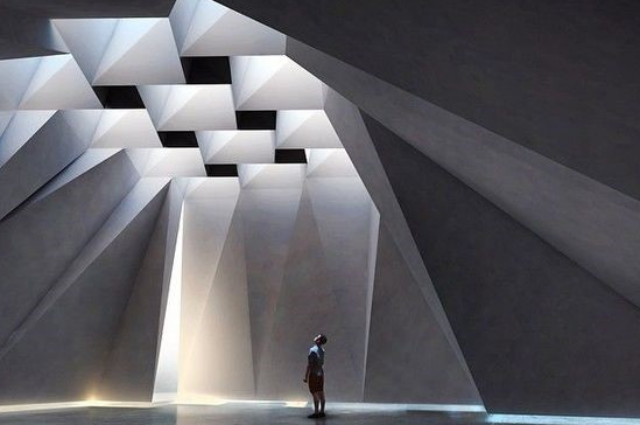
There is yet to discover a lot initiating from foldism to tectonism which was a sequence of parametric architecture and elevated the concept of origami architecture, a more sustainable approach along with which other forms developed. Hence this manner can be an illustration of developing derivations from an origin.
Some Examples Of Extraordinary Theories
GENERATIVE DESIGN
Generative design simulates nature’s evolutionary approach to design
using the computing power to explore thousands of design options. There is no single solution. Enter design goals and specifications such as materials, manufacturing methods, and budget into generative design software, use cloud computing to explore possible solutions, and generate various design dilemmas. From each iteration, it tests and determines what operates and what does not work also what’s not to like!
Some more examples and forms are
Digital Architecture
Digital Architecture is an area of engineering that uses digital media in the process of architectural design and help in designing the concept, design development, and detail designing of the architecture's form.
Virtual architecture
Virtual architecture is an electronic representation of the architectural design. The phenomenon of virtual architecture can have two purposes: a simulation of physical architecture or a functional virtual place. The simulation of physical architecture is the most basic purpose of virtual architecture and is increasingly being used to visualise, interpret, and present architectural designs.
Though, all have some kind of correlations with the original field they, however, concentrates and address different zones of problems.
Though Parametric and Generative designs are the most innovative and successful approaches to design, each uses computer software and artificial intelligence to deliver high-quality solutions. The parametric and generative design represents the future of design and both rely on advanced algorithms in the process.
EXPERIENCE OR WALLS ??
Architecture is oftentimes narrated as a room with walls and windows but truly it's about creating an experience with those integrated parts that is walls and windows, architects are not only responsible to create a rational roof on four walls but how they are creating spaces to make the experience alive and lighten the aura of the place.
Passive Interactive architecture
Let us understand some approaches to passive interactive architecture that involves the net-zero concept and completely responds to the movement that's directed.
Breathing Walls for London Design Biennale by Studio INI
The theme of the second London Design Biennale was the Emotional States. Among the 40 participating countries and territories was Greece, his studio INI Pavilion, which spans much of the courtyard of Somerset House. The work entitled anyπakok (disobedience) is derived from disobedience. A feature of the Greek temperament since ancient times, explains the study's founder, Nassia Inglessis, noting that the mythological Prometheus, for example, felt morally obliged not to obey the gods to create opportunities for human progress. “Architecture is typically static,” he says. "But creative disobedience can break down barriers, open boundaries and make room for something better." In this case, a 56-foot runner responding to spectator interaction.
“We designed an experience, not just a form”
Anyπakok travelled to London to the Kolkata Creativity Center in India, where it is permanently installed. “The experience that can affect your physical environment on an architectural scale,” says Inglessis, who was born in the US but grew up in Greece, “will resonate in all cultures and countries."His pioneering efforts will soon resonate in the United States when his Urban Imprint installation arrives at A / D / O during NYCxDesign in Brooklyn in May.
morphing Urban Imprint installation by Studio INI's
This immersive installation at Greenpoint, Brooklyn, designed by engineer Nassia Inglessis, features a canopy that magically moves up and down as visitors pass underneath. Urban Imprint consists of a floor and a ceiling that changes shape in response to movement and was created by Greek designer firm Studio INI in response to a MINI-powered A / D / O record to discuss the notion of personal identity in cities to explore.
The design presented today for this year's NYCxDesign Week aims to reverse the typical relationship between humans and the urban environment. Instead of people reacting to built forms, the structure adapts to them. "I wanted to create a space where every step, every footprint of you is reinforced," Inglessis told Dezeen. “I wanted to create an enclosed space that you immerse yourself in so that it becomes a ceiling and a floor.
To achieve the morphing effect, Inglessis connected the floor and ceiling with a pulley system consisting of 400 threads, which are located behind a mirror screen at the rear of the structure. As visitors climb onto the platform, it sinks in and activates pulleys to tighten and raise the vaulted ceiling.
Inglessis equates the system to a musical instrument. "It's like a large harp," she said.
Don't designate art or your potential
Architecture is often driven by the desire to solve problems. How architecture has changed over time provides a fascinating insight into the development of the human race, from the influence of the industry to technological progress. It is essential to keep creating and innovating new things to reach the precise position that increases chances to react to changes and discover new opportunities. It also helps to foster competitive advantage as it allows to build a better environment.
. . .
Reference:
- ARTICLE 1 Studio INI Creates Breathing Walls for London Design Biennale (interiordesign.net)
- ARTICLE 2 Studio INI's morphing Urban Imprint installation opens in A/D/O courtyard (dezeen.com)

